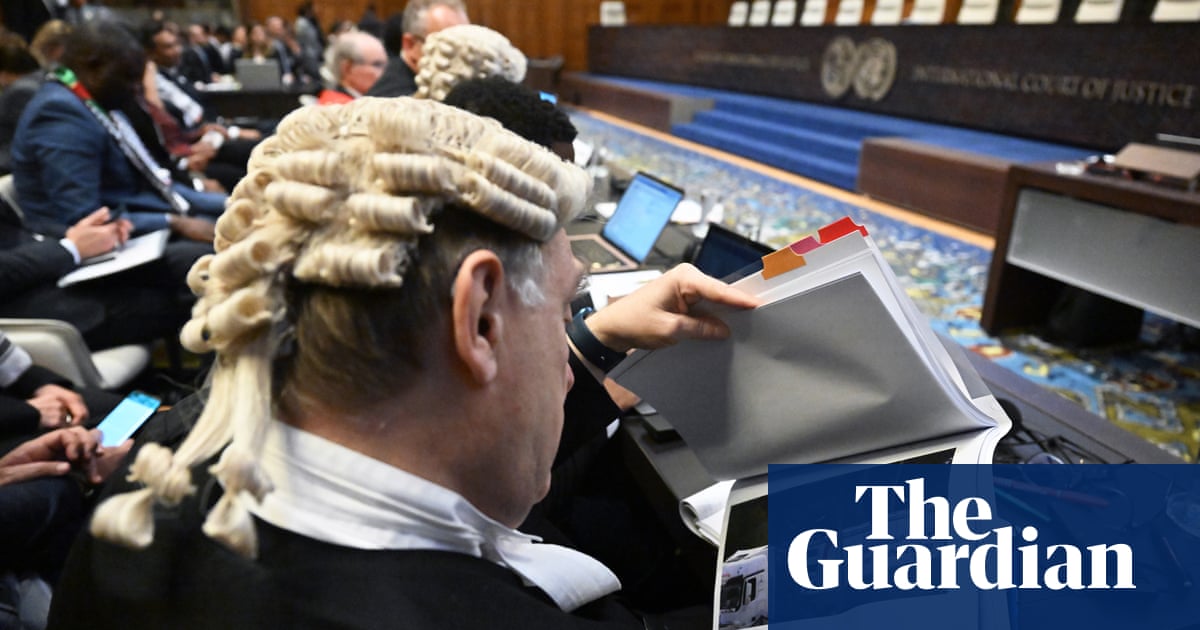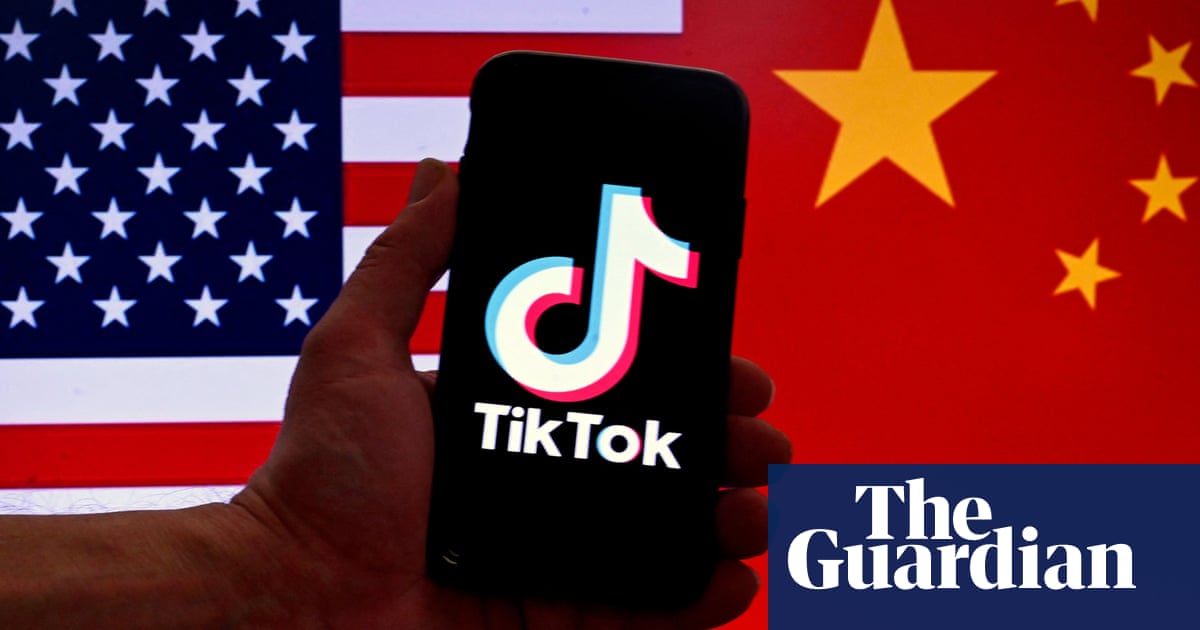
China, Japan, South Korea, Australia and a raft of other Asia-Pacific countries will sign a trade deal on Sunday after eight years of talks. While the Regional Comprehensive Economic Partnership (RCEP) is a win for all participants, Beijing is the big beneficiary.
As the US undergoes a troubled presidential transition, amid erratic behavior from Donald Trump including the impromptu firing of his defense secretary, Beijing has stolen a march on Washington in shaping the regional order with the creation of one of the world’s largest trade blocs. While Joe Biden has plans to turbo-charge US engagement in the region in 2021, this will be handicapped by the legacy of four largely wasted years.
Indeed, it is Trump’s tariff-raising trade war with China that has given extra impetus in recent years to RCEP (which comprises Australia, China, Japan, New Zealand, South Korea, Brunei, Cambodia, Indonesia, Laos, Malaysia, Myanmar, the Philippines, Singapore, Thailand and Vietnam). The trade initiative had progressed only sluggishly since negotiations began in 2012, and recent momentum that led to it coming to fruition is yet another example of how Trump"s presidency has retarded US regional interests over the past four years.
The RCEP deal, which will be signed on Sunday at the ASEAN summit, cements China’s position as an economic partner to the region. Yet it is only one part of Beijing’s model for Asia-Pacific economic integration,which also includes its Belt and Road plan.
Another focal point for China is the Free Trade Area of Asia Pacific (FTAAP), which has been under debate since at least 2004 but assumed new importance since the emergence of the Comprehensive and Progressive Trans-Pacific Partnership (CPTPP), which was originally promoted by the Obama administration to embed US influence in the region before Trump vetoed participation on day one of his presidency.
As the US undergoes a troubled presidential transition, amid erratic behavior from Donald Trump including the impromptu firing of his defense secretary, Beijing has stolen a march on Washington in shaping the regional order with the creation of one of the world’s largest trade blocs.
Andrew Hammond
However, it is not the economics but also the politics of FTAAP, RCEP and Belt and Road that are immensely attractive for China. At the heart of these issues are contrasting visions from Beijing and Washington to shape the regional order and cement their influence in it. For Beijing, the triumvirate of RCEP, FTAAP and Belt and Road are much more conducive to its national interests, not least because China will be explicitly part of the new economic agreements and shape their design by creating free trade areas with it at the center. So the incoming Biden administration has a headache on his hands given the US vacuum left by the Trump presidency in the region.
To be sure, current administration officials have rolled out a series of key initiatives. A bill was signed into law by Trump, for instance, which will create a $60 billion International Development Finance Development Finance Corporation (IDFC) aimed at strategic investment in developing countries. The new IDFC will move forward US interests, in Asia-Pacific and beyond, including supporting US firms in key developing markets to enhance US geopolitical influence relative to China’s. This builds on other recent announcements by Pompeo, including commitments of about $113 million in regional investments focused on technology, energy and infrastructure as a “down payment” on future US commitments to Asia-Pacific.
Welcome as these initiatives are to allies, however, there appears to be no overarching plan to bring them together in a powerful strategy. And this has left US friends in the region anxious, especially following Trump’s rejection of CPTPP. Former Obama-era US Trade Representative Michael Froman, who could also serve in Biden’s administration, has despaired that Washington “is the one going to be left on the sidelines as others move forward.”
A key remaining question for US allies, therefore is what the Biden team will now do from January to step up to the plate and develop a more coherent grand strategy to embed US influence, as Obama had intended with CPTPP. A first step here could well be the re-joining this agreement in 2021.
Key members of Biden’s team argue, however, that even more may be needed to curb China’s growing influence. In the postwar period, the US has undertaken — on a largely bipartisan basis, at least until Trump’s presidency — development of a web of institutions to encourage democracy and open markets across the world, including global bodies such as the UN, IMF, World Bank and the WTO, and regional ones such asAPEC.
Trump has openly attacked such bodies, threatening US withdrawal from some of them to boot, leaving a vacuum that others will fill. Far from making “America Great Again,” a key legacy of the past four years is that irresistible momentum could now build for a regional architecture, including RCEP, which allows Beijing to assume the upper hand, damaging US influence not just with local allies, but well beyond too.
Andrew Hammond is an Associate at LSE IDEAS at the London School of Economics
Disclaimer: Views expressed by writers in this section are their own and do not necessarily reflect Arab News" point-of-view












